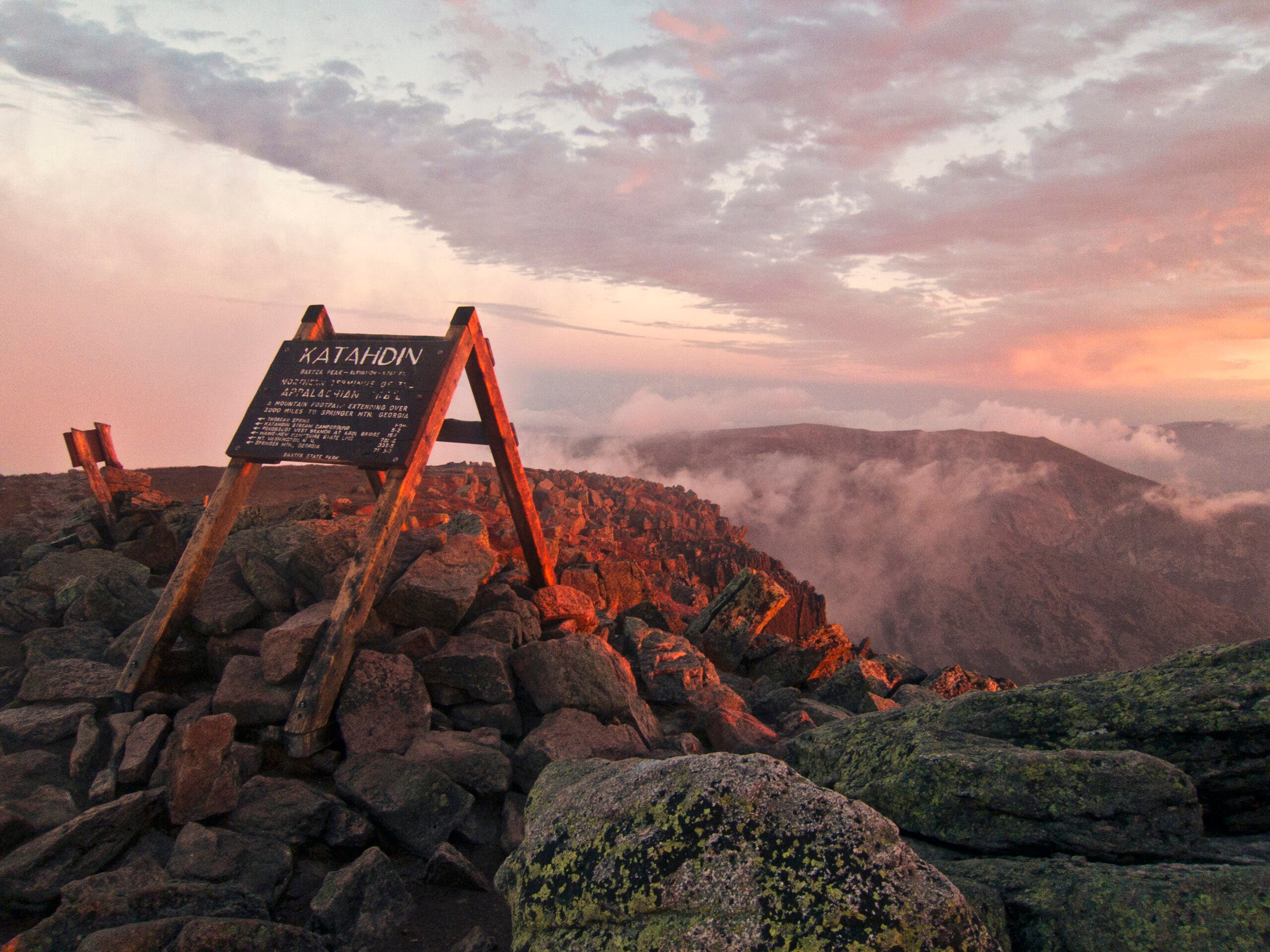100 Years Ago, the Appalachian Trail Was One Man's Dream. Now, It's Everyone's.

(Photo: Cavan Images via Getty)
In fall of 1921, Benton MacKaye published “An Appalachian Trail: A Project In Regional Planning” in the Journal of the American Institute of Architects, suggesting that a continuous footpath should be built from the “tallest mountain in the north” to the “tallest mountain in the south,” creating a trail between Mt. Washington and Mt. Mitchell.
Although MacKaye’s vision wasn’t fully realized until 1937 when the trail was completed, it was his initial proposal that made the effort possible. This year, we celebrate one full century since America’s favorite footpath began.
Earl Shaffer became the first person to hike the entire footpath in a season in 1948 (though at least one researcher has cast doubt that he hiked the entire trail). His journey took him from Georgia’s Mount Oglethorpe to Maine’s Mount Katahdin, the trail’s starting and ending points at the time. One hundred years after MacKaye shared his vision, the Appalachian Trail Conservancy estimates that about 3 million hikers hike all or part of the Appalachian Trail, which ultimately surpassed MacKaye’s vision in length by reaching from Springer Mountain to Mt. Katahdin in Maine’s Baxter State Park.

While MacKaye, who would be a Methuselah-like 142 years old this year, understood that the trail held immense power for hikers, his idea of what that meant was a bit more literal than that of today’s seekers. In 1921, he wrote: “The oxygen in the mountain air along the Appalachian skyline is a natural resource (and a national resource) that radiates to the heavens its enormous health-giving powers with only a fraction of a percent utilized for human rehabilitation. Here is a resource that could save thousands of lives. The sufferers of tuberculosis, anemia, and insanity go through the whole strata of human society.” He added that employment opportunities could also come from this construction.
When MacKaye proposed the Appalachian Trail, the United State’s was in the midst of a profound demographic shift. The 1920 U.S. census found that, for the first time, the United States had become a majority-urban country. He hoped that those who moved to the cities in pursuit of employment might be able to return to the country near the Appalachian Trail, with the aim of facilitating “recreation, recuperation, and employment.” His plan also suggested the continuous maintenance of the Appalachian Trail in sections, and the construction of shelters like those that already existed in the White Mountains in order to support trail communities.
The idea for the Appalachian Trail first came to MacKaye after he hiked Stratton Mountain in Vermont in 1900. He had always been an advocate for connecting local trails, and he himself helped to blaze many of them in New Hampshire. Still, MacKaye wondered: “Would the development of the outdoor community life—as an offset and relief from the various shackles of commercial civilization—be practicable and worthwhile?”
It seems like contemporary hikers think so. Since the Appalachian Trail Conservancy began recording thru-hikes in 1936, over 20,000 hikers have reported completing it. In the 1930s, just 5 people reported their hikes. In the 2010s, that number swelled to nearly 10,000. More proof that—while we may not be looking to the Appalachian Trail to treat tuberculosis anymore—the appeal of a long walk in the woods will never get old.